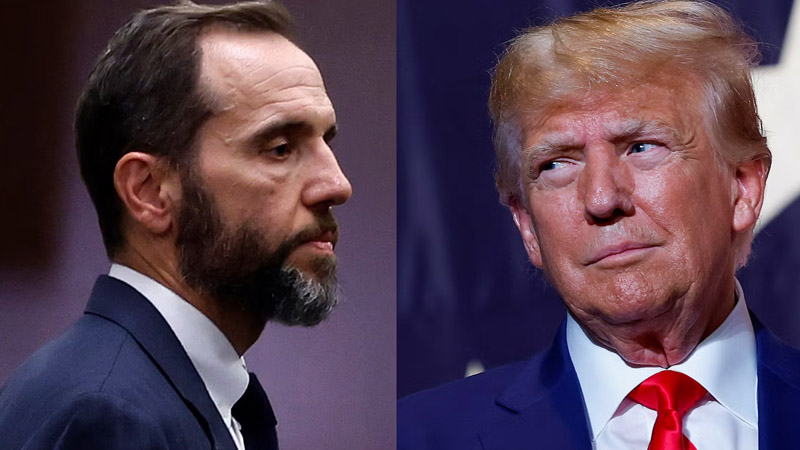IRS Requires 20,000 Individuals to Return Money Received During COVID

© Bloomberg/Getty Images
The Internal Revenue Service (IRS) is intensifying its efforts to combat fraudulent Employee Retention Credit (ERC) claims, having sent over 20,000 letters of disallowance to taxpayers and entities either non-existent or without employees during the eligibility period. This action is part of a broader initiative to target dubious ERC claims, as announced on Wednesday.
Starting this week, the IRS is issuing Letter 105 C to entities deemed ineligible for the ERC, marking a significant step in their expanded scrutiny. The IRS’s focus is on claims made by entities that were not operational or lacked a payroll during the time frame in question.
The IRS has already been actively pursuing fraudulent ERC claims, with “hundreds of criminal cases” and “thousands” of audits underway. The latest move targets those who do not meet the basic criteria for receiving the credit.
To mitigate the issue and offer a remedial path, the IRS has introduced a voluntary program for business owners. This program allows them to withdraw any pending ERC claims if they believe they have filed inaccurately. Additionally, an upcoming disclosure initiative will enable business owners to return questionable payments and avoid future legal consequences.
This crackdown is partly in response to aggressive marketing strategies that have misled small businesses and other organizations into filing ineligible ERC claims. Commissioner Danny Werfel expressed concern about these tactics leading to non-compliant claims, emphasizing the IRS’s commitment to sending more disallowance letters and urging those who have erroneously claimed credits to take corrective actions.
In September, the IRS had already put a halt on processing new ERC claims until at least the end of 2023. This moratorium aims to prevent fraud and protect businesses from potential penalties or interest arising from incorrect claims.
The ERC, part of the Coronavirus Aid, Relief, and Economic Security (CARES) Act of 2020, was a refundable tax credit for eligible employers who paid qualified wages between March 12, 2020, and January 1, 2022. The credit aimed to help businesses retain employees during the pandemic-related economic disruptions. Initially, the ERC offered a 50 percent credit on qualified wages, capped at $5,000 per employee for 2020. This cap was increased to $21,000 per employee for 2021, allowing a maximum claim of $26,000 per employee across both years.
Given its broad scope and high value, the ERC attracted both legitimate businesses and fraudulent actors, leading to significant payouts. According to a Government Accountability Office (GAO) report, employers filed claims for around 367,280 ERCs, totaling approximately $32 billion. The IRS received about 3.6 million claims, indicating potential total payouts exceeding $300 billion.
Business owners who mistakenly filed ineligible claims are urged by the IRS to withdraw these claims to avoid future repayments and penalties. The IRS also plans to request additional information from taxpayers to validate pending claims. This move by the IRS reflects its commitment to ensuring the integrity of the ERC program while balancing the processing of legitimate claims against the need to prevent and penalize fraud.


